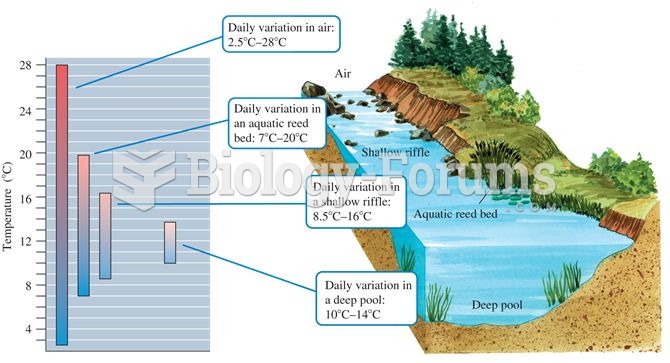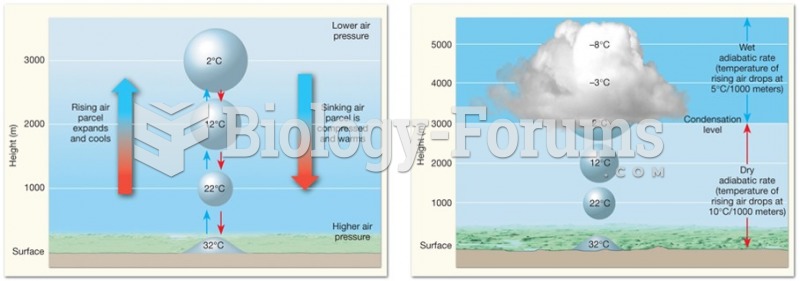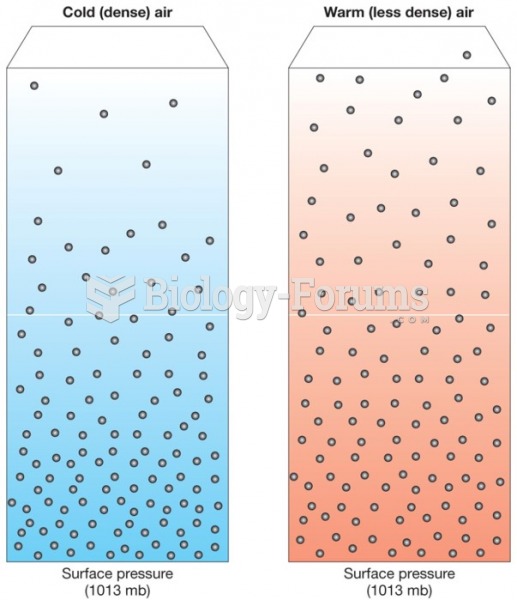Answer to Question 1
ANSWER: During the day clouds shield the surface from the Suns radiation, whereas during the night they prevent the loss of surface heat during radiational cooling.
Answer to Question 2
ANSWER: Short-range forecasts may incorporate a variety of techniques, such as satellite imagery, Doppler radar, surface weather maps, upper-air winds, and pattern recognition. As the forecast period extends beyond about 12 hours, the forecaster tends to weight the forecast heavily on computer-drawn progs and statistical information, such as Model Output Statistics (MOS).
A medium-range forecast is almost entirely based on computer-derived products, such as forecast progs and statistical forecasts (MOS).
A long-range forecast are not forecasts in the strict sense, but rather an overview of how the expected precipitation and temperature patterns may compare with average conditions. The NOAA Climate Prediction Center summarizes these general trends in products called outlooks that cover 6- to 10-day and 8- to 14-day periods. The reason for this is that although computer progs are available for up to 16 days into the future, they are not accurate in predicting temperature and precipitation, and at best only show the broad-scale upper-level weather features.
NOAA also issues seasonal outlooks every month. These cover three-month periods that overlap and extend out to roughly a year. Again, rather than depicting specific weather features, these outlooks show the odds that a given area might experience temperatures or precipitation that are above or below average. Initially, these outlooks were based mainly on the relationship between the projected average upper-air flow and the surface weather conditions that the type of flow will create. Today, long-range forecasts call on models that link the atmosphere with sea-surface temperature, such as the Climate Forecast System version 2 (CFSv2). Many of the outlooks also take into account persistence statistics that carry over the general weather pattern from immediately preceding months, seasons, and years. In addition, teleconnections between widely separated regions are identified through statistical correlations.







